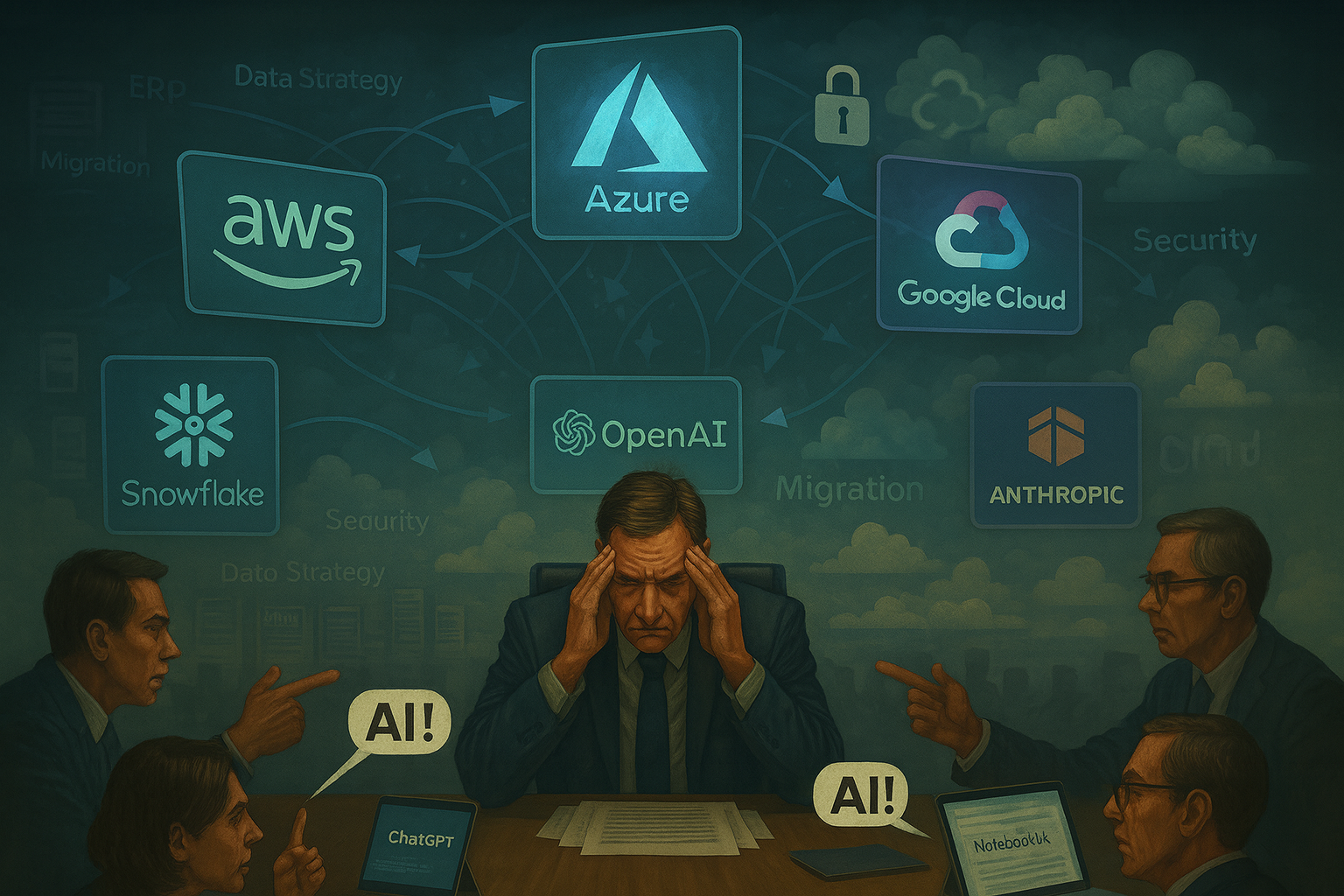Intro to Conversational Analytics: Why It Matters More Than You Think

We live in a world where data drives decisions—but not all data wears a suit and tie. Some of it comes wearing emojis, typos, and slang.
And that’s the kind of data we usually ignore.
Think about it—your customer chats, sales calls, feedback emails, support tickets, internal Slack convos—what do they all have in common?
They’re packed with raw, unfiltered signals that can tell you exactly what your users need, love, or hate. But most of this data sits in the shadows, untouched.
That’s where Conversational Analytics steps in. It doesn’t just listen—it understands.
And in today’s AI-powered, customer-obsessed world, that’s not just useful. It’s essential.
So, What Exactly Is Conversational Analytics?
Let’s not complicate things.
Conversational Analytics is the process of turning human conversations—spoken or typed—into structured insights.
We’re talking about mining meaning from Zoom transcripts, chatbot interactions, WhatsApp support threads, voice calls, and more.
It detects patterns, surfaces emotions, extracts intents, classifies topics, and flags action points. It’s not just about “analyzing words.” It’s about understanding context, emotion, and nuance.
Unlike traditional analytics tools that rely on neatly formatted data tables, Conversational Analytics dives deep into messy, unstructured data—and brings order to it.
And thanks to the rise of Large Language Models (LLMs) and Generative AI, these capabilities are getting stronger, faster, and more scalable than ever before.
Why Is This a Big Deal Right Now?
Let’s zoom out for a second.
Businesses today are obsessed with personalization, efficiency, and real-time decision-making.
But the data we rely on? Mostly structured dashboards, survey results, CRM entries.
Meanwhile, the most honest, most detailed customer stories are happening in chats, calls, and comments.
And we’re barely paying attention to them.
This creates a dangerous blind spot—especially when building GenAI tools, planning roadmaps, or improving CX.
Because if your data is missing context, your decisions will miss the mark.
Conversational Analytics fills that gap.
It gives your business a way to tune into the human side of data—the part that tells you why something is happening, not just what.
Let’s say your churn rate is rising. Traditional tools may point to user inactivity. But, only conversation analysis can reveal that customers found onboarding unclear or were confused about pricing.
It’s Not Just About Support. It’s About Strategy.
Conversational Analytics is often misunderstood as a tool for customer support teams alone. But in reality, it touches nearly every part of the business.
For Sales, it means unlocking the patterns behind closed deals. What kind of language signals purchase intent? What objections keep popping up? What differentiators work best on calls?
For Product Teams, it’s like having a real-time focus group. Are users asking for the same feature in different ways? Is there frustration around a recent UI change?
For Marketing, it reveals how people actually talk about your brand. Are they describing your service the way you pitch it? Which words do they use that you aren’t using yet?
For Risk and Compliance, it acts as a smart surveillance system—flagging sensitive language, identifying regulatory risks, and ensuring ethical communication across the board.
When used right, Conversational Analytics can shape product roadmaps, fine-tune brand messaging, enhance training programs, and even support M&A strategy.
Where Does GenAI Come In?
Here’s the interesting part.
While Conversational Analytics has existed for a while, GenAI has completely changed the game.
Old-school analytics tools could tell you how many times a word showed up. They could tell you if a sentence sounded positive or negative. Useful? Sure. But not smart.
GenAI brings in the smarts.
It understands tone, sarcasm, cultural nuance, and intent. It can summarize lengthy conversations, spot patterns across thousands of calls, and even generate actionable insights based on context.
At Clarista, for example, we use LLMs to:
- Understand key themes from user interactions
- Detect sentiment shifts across customer journeys
- Cluster similar support queries into meaningful categories
- Generate summaries that highlight the "so what" of long conversations
This isn’t just better analytics. It’s real-time understanding. The kind you can build workflows around. Automations around. Decisions around.
And it integrates beautifully into your existing tools—CRMs, helpdesks, collaboration platforms, and more.
What Does It Look Like in Action?
Let’s take a real-world example. You run a SaaS company.
Every week, your support team handles hundreds of queries. Some users are stuck during onboarding. Others want feature X. A few keep reporting the same bug.
You don’t have the time to read every ticket. But Conversational Analytics does.
Now imagine getting a dashboard that tells you:
- “38% of tickets this week mention trouble with account setup.”
- “15 users specifically asked for integration with Slack.”
- “There’s a rising frustration trend tied to your new dashboard redesign.”
Suddenly, you have visibility. Real-time insights. Decisions backed by the voice of your customers—not just gut feeling.
That’s how modern companies stay ahead.
Where Clarista Fits In
Clarista brings context intelligence to the forefront of Conversational Analytics.
We understand that not every enterprise can—or should—pipe their chat systems directly into an analytics engine. That’s why our approach prioritizes data privacy, security, and relevance above all.
Rather than integrating the models directly or extracting data, Clarista uses outputs from conversation data to enrich analysis in a controlled, structured way. Through our TalkData, we understand and organize contextual signals from conversations—without compromising on compliance or security.
This means you get:
- Deeper insights into what’s being said, how it’s being said, and what it really means
- Context-rich summaries, trends, and indicators for decision-makers
Smarter, faster access to the “why” behind customer or team behavior.
All of this is delivered through no-code dashboards and query systems, enabling business users to explore trends, surface friction points, and drive action—without technical overhead.
Clarista isn’t just another analytics platform. We’re your contextual intelligence layer, helping you unlock meaning from conversations in a secure, structured, and enterprise-ready way.
Final Thoughts: The Next Frontier in Business Intelligence
Your business already has the data it needs to grow.
You just haven’t been listening to it the right way.
Conversational Analytics changes that. It makes the invisible visible. It gives voice to the silent indicators. It translates emotion into action.
And when powered by GenAI, it gives you not just insights, but foresight.
In the age of AI, the most successful businesses won’t be the ones with the most data—they’ll be the ones who understand it best.
So if you’ve been sitting on a mountain of untapped conversations, now is the time to listen.
Because the next big insight? It’s probably already been said.
Want to see what your datasets are hiding? Let's explore it together.



.avif)

